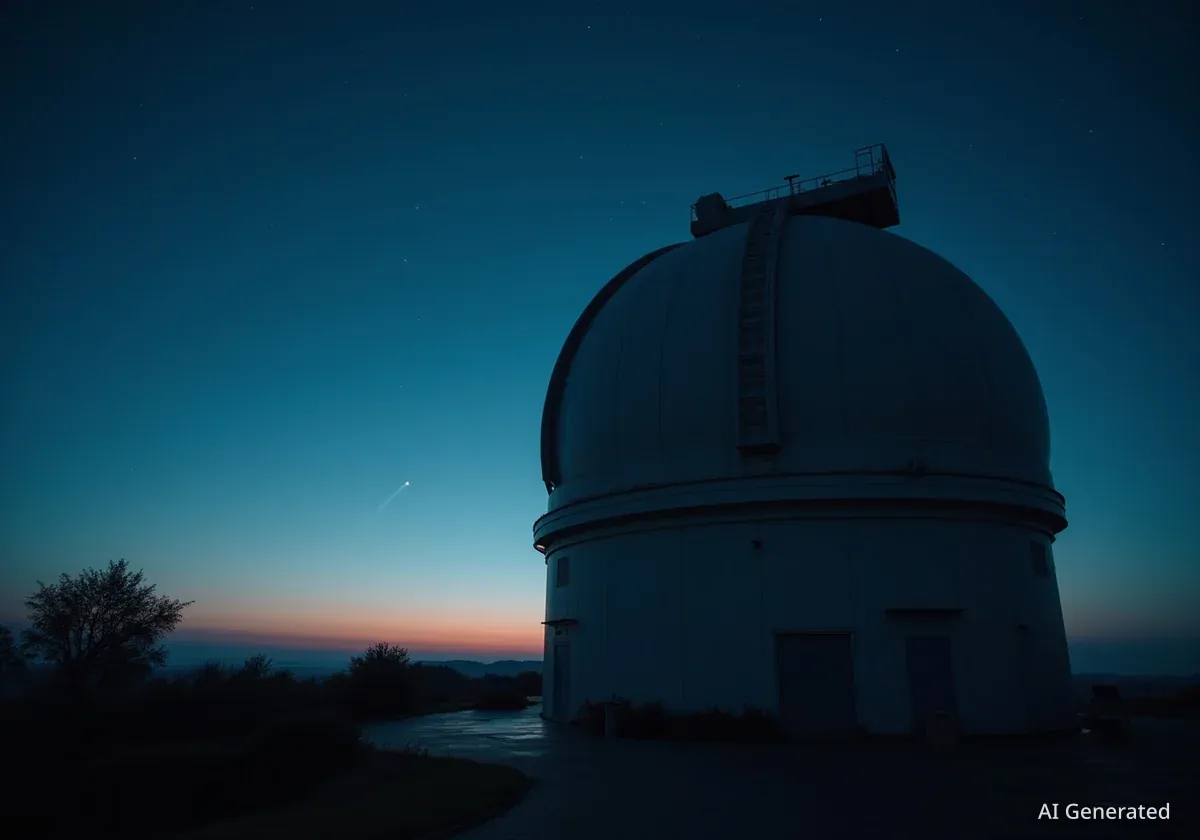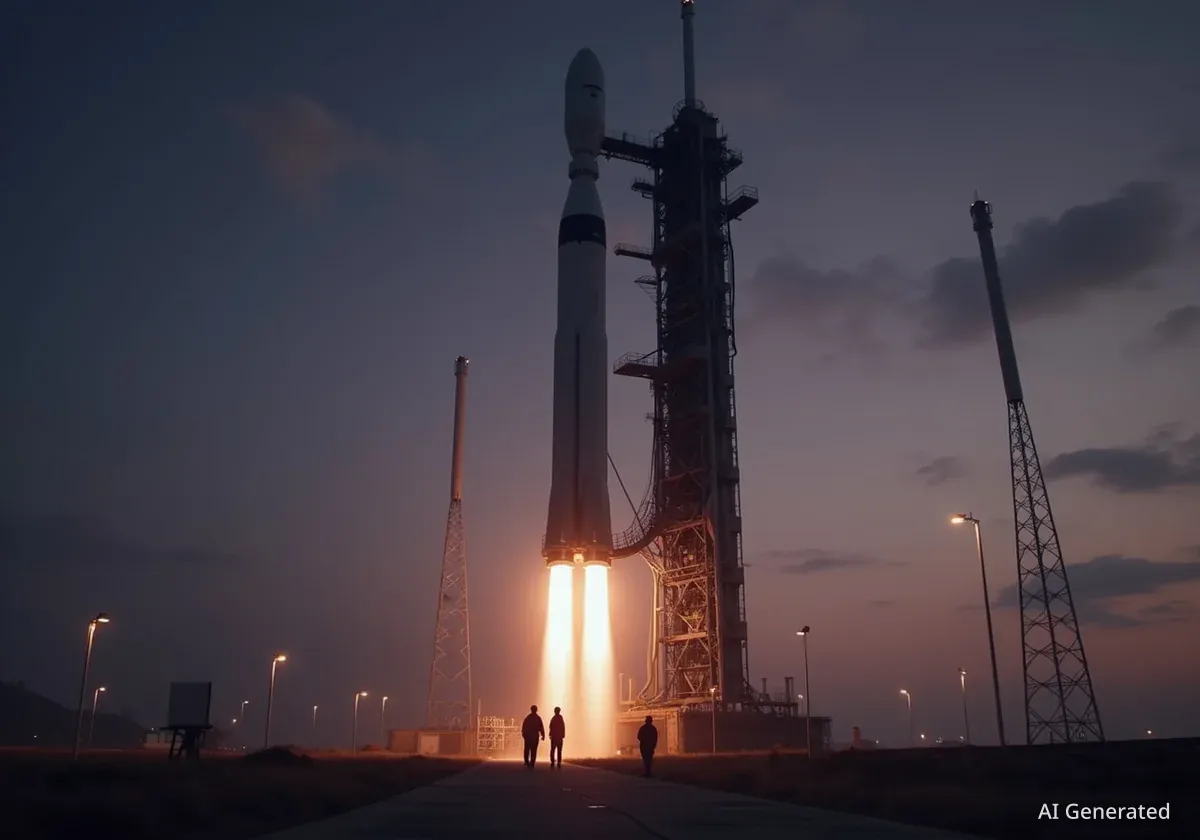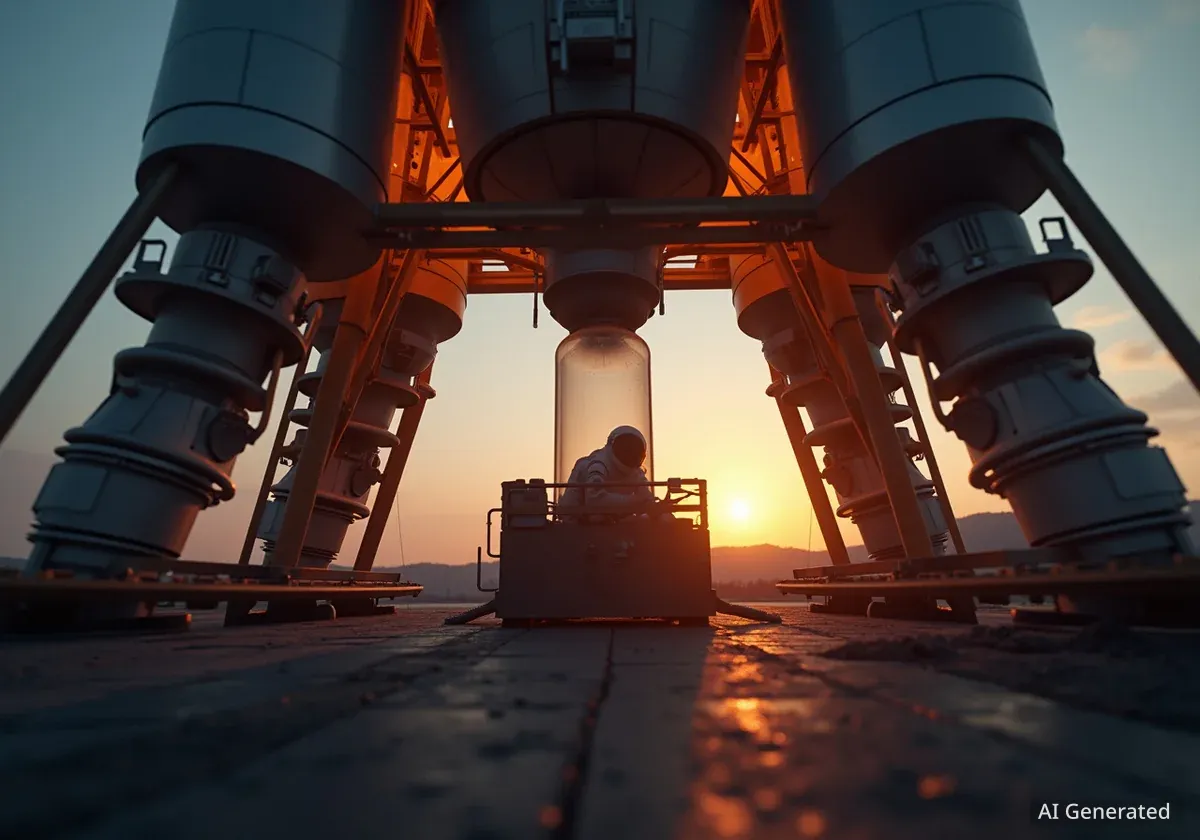Researchers have identified a massive bridge of neutral hydrogen gas connecting two dwarf galaxies located 53 million light-years from Earth. The discovery, made using Australia's ASKAP radio telescope, provides new information on how galaxies interact and evolve within dense cosmic environments.
The study also revealed a gas tail stretching 1.6 million light-years, the longest structure of its kind ever observed. These findings help explain the powerful forces that shape galaxies over billions of years.
Key Takeaways
- A bridge of hydrogen gas 185,000 light-years long was found between dwarf galaxies NGC 4532 and DDO 137.
- Scientists also detected a record-breaking gas tail extending 1.6 million light-years from the system.
- The gas was stripped from the galaxies by tidal forces and ram pressure as they moved through the hot gas of the Virgo cluster.
- The discovery was made by the WALLABY survey using CSIRO’s ASKAP radio telescope.
A Discovery in the Virgo Cluster
The observation was made by astronomers at the University of Western Australia node of the International Centre for Radio Astronomy Research (ICRAR). Their work focused on a pair of dwarf galaxies, NGC 4532 and DDO 137, which are part of the massive Virgo cluster of galaxies.
Using data from the ASKAP radio telescope, located on Wajarri Yamaji Country, the team mapped the distribution of neutral hydrogen gas. This gas is a primary ingredient for star formation, and its location provides clues about a galaxy's history and future.
The ASKAP Telescope
The Australian Square Kilometre Array Pathfinder (ASKAP) is a powerful radio telescope operated by CSIRO, Australia’s national science agency. It is designed to survey the sky quickly, making it ideal for large-scale projects like mapping hydrogen across the universe.
The findings were published on September 24, 2025, in the Monthly Notices of the Royal Astronomical Society. The paper details not only the 185,000 light-year bridge but also an enormous tail of gas that has been pulled away from the galaxies.
The Forces Shaping Galaxies
According to the study, two primary forces are responsible for creating these vast gas structures: tidal forces and ram pressure.
Lead author Professor Lister Staveley-Smith of ICRAR explained the dynamics. "Our modeling showed that the tidal forces acting between these galaxies, alongside their proximity to the massive Virgo cluster of galaxies, played a crucial role in the gas dynamics we observed," he stated.
Understanding Ram Pressure
As the two galaxies moved through the extremely hot gas surrounding the Virgo cluster, they experienced a force known as ram pressure. This process is comparable to the atmospheric friction that causes a satellite to burn up when re-entering Earth's atmosphere.
"The process is akin to atmospheric burn-up when a satellite re-enters the Earth’s upper atmosphere, but has extended over a period of a billion years," Professor Staveley-Smith said.
The gas in the Virgo cluster is estimated to be 200 times hotter than the surface of the Sun. The combination of the galaxies' speed and the density of this hot gas was sufficient to strip away their own hydrogen, pulling it into the bridge and the extended tail.
Cosmic Measurements
- Distance from Earth: 53 million light-years
- Gas Bridge Length: 185,000 light-years
- Gas Tail Length: 1.6 million light-years
- Interaction Timescale: Approximately one billion years
Mapping the Universe with WALLABY
This discovery is part of a larger initiative called the Widefield ASKAP L-band Legacy All-sky Survey (WALLABY). The primary goal of WALLABY is to create a comprehensive map of neutral hydrogen across the entire southern sky, investigating how this gas is distributed among galaxies.
Co-author Professor Kenji Bekki, an astrophysicist at ICRAR, highlighted the importance of studying this element. "Neutral hydrogen plays a crucial role in the formation of stars, making this finding fundamental to understanding how galaxies interact and evolve, particularly in dense environments," he explained.
By conducting high-resolution studies, the team was able to identify these faint, extended gas structures that might have been missed by previous surveys. The sensitivity of the ASKAP telescope was critical to the project's success.
Implications for Galactic Evolution
The newly discovered system offers a valuable case study for understanding galactic interactions. Professor Staveley-Smith noted that the system shares strong similarities with our own cosmic neighborhood, specifically the relationship between the Milky Way and its satellite galaxies, the Magellanic Clouds.
Studying systems like this provides a unique opportunity to observe the processes that our own galaxy may have experienced in its past or could experience in the future.
"Understanding these gas bridges and their dynamics provides critical insights into how galaxies evolve over time, how galactic gas is redistributed, and the varying conditions under which galaxies may or may not form stars," Professor Staveley-Smith concluded.
The research contributes to a broader understanding of the universe's largest structures and their life cycles. By observing how gas is stripped and moved between galaxies, scientists can better model the history of star formation and the complex evolution of galactic clusters.





